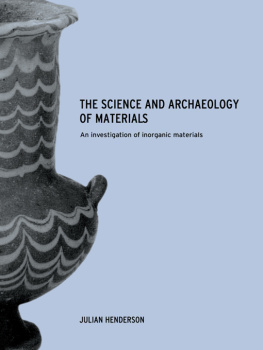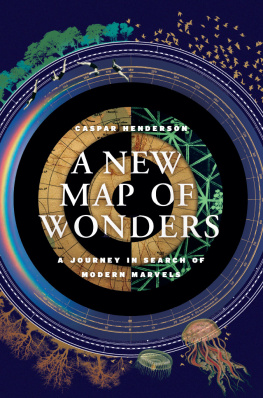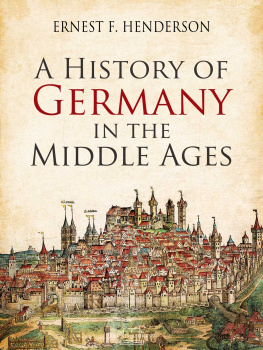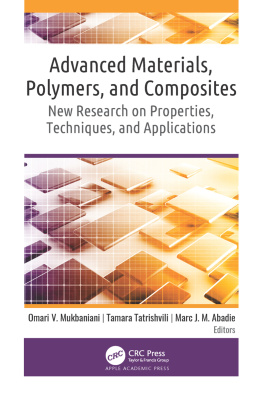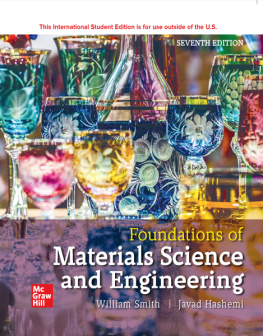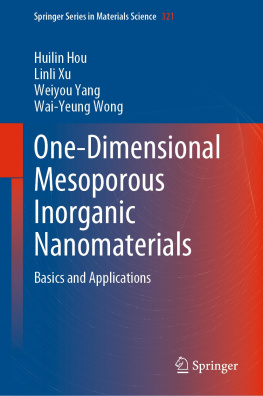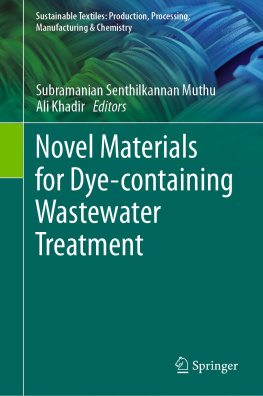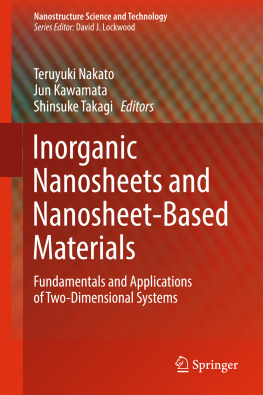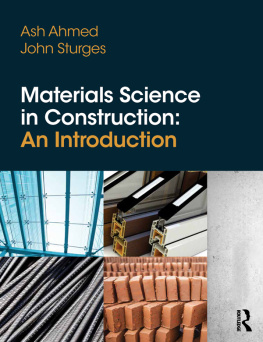FIGURES AND TABLES
Figures
| . |
| . |
| . |
| . |
| . |
| . |
| . |
| . |
| . |
| . |
| . |
| . |
| . |
| . |
| . |
| . |
| . |
| . |
| . |
| . |
| . |
| . |
| . |
| . |
| . |
| . |
| . |
| . |
| . |
| . |
| . |
| . |
| . |
| . |
| . |
| . |
| . |
| . |
| . |
| . |
| . |
| . |
| . |
| . |
| . |
| . |
| . |
| . |
| . |
| . |
| . |
| . |
| . |
| . |
| . |
| . |
| . |
| . |
| . |
| . |
| . |
| . |
| . |
| . |
| . |
| . |
| . |
| . |
| . |
| . |
| . |
| . |
| . |
| . |
| . |
| . |
| . |
| . |
| . |
| . |
| . |
| . |
| . |
| . |
| . |
| . |
| . |
| . |
| . |
| . |
| . |
| . |
| . |
| . |
| . |
| . |
| . |
| . |
| . |
| . |
| . |
| . |
| . |
| . |
| . |
| . |
| . |
| . |
| . |
| . |
| . |
| . |
| . |
| . |
| . |
| . |
| . |
| . |
| . |
| . |
| . |
| . |
| . |
| . |
| . |
| . |
| . |
| . |
| . |
| . |
| . |
| . |
| . |
| . |
| . |
| . |
| . |
| . |
| . |
| . |
Tables
1
INTRODUCTION
This book deals with ancient (inorganic) materials in a range of ways. In writing this book my aim was to relate as closely as possible scientific aspects of materials to archaeological aspects of their study in an attempt to fill a gap in the literature. It is a foregone conclusion that a poorly conducted scientific enquiry generates second-rate or inconsequential results, just as a poorly structured set of archaeological research objectives can also lead to ill-considered or inconsequential conclusions, so obviously both should be conducted at a high standard. This distinction between the scientific and archaeological aspects of archaeological science ought to be a false one: ideally they should form a seamless continuum in which both contribute in meaningful ways, but this is rarely the case.
A chapter on the principal techniques of chemical analysis is provided, which focuses especially on those mentioned in the rest of the book (). The remainder of the book is structured so that each chapter includes a definition of the materials considered (glass, pottery, metal and stone), followed by the ways in which the materials are obtained from the environment, how they may be refined, and, in the case of ceramics, glass and metals, how they were transformed by heat in kilns and furnaces. A range of specific examples of raw material sources/quarries/mines and the basic reasons why the materials were transformed by heat are discussed. The structures of the installations in which these transformations occurred, the kilns and furnaces, are also discussed; the fuel necessary, the gaseous atmosphere produced and the resulting effect on the materials is described.
The initial sections of each chapter are intended to provide the bare bones for later sections in each chapter. They are not intended to be exhaustive; a book could easily be written about (almost) any single aspect considered and it should be noted that only inorganic materials are dealt with here. Nevertheless, the intention is to provide a rounded picture, and within the scope of the book the evidence for the impact of industries on the environment is also considered such as pollution and the impact on vegetation as a result of obtaining fuel by clearance or woodland management (for example).
Although some aspects of archaeology are touched on in initial parts of each chapter, a fuller integration of scientific investigations with the archaeology of production sites and beyond is presented in the second part of each chapter in the form of a series of case studies. Each case study, which builds on the information presented in the first parts of the chapter, provides a different set of links between archaeology and science, depending on the material concerned and the social, economic or political spheres in which the industries were pursued. A different set of case studies could easily have been chosen and somewhat different forms of integration between archaeology and science might have been achieved. However, the examples that have been chosen are intended to highlight quite specific relationships between the industries concerned and the context in which the materials were produced.
).
Each case study therefore provides an opportunity to examine different relationships between archaeology and science which, in some cases, go well beyond a functional interpretation of various material uses. The use of scientific techniques cannot always provide the answers to questions about how materials were produced and used. Much depends on the political, religious, economic and social environments in which the artisans worked. These parameters would clearly have affected the procedures used in ancient production processes. There is every reason to suspect that ancient chemists existed, who studied the properties of the materials they made and that those properties were affected by a change in the raw materials they used. Raw materials would have been recognised by their physical characteristics (colour and perhaps hardness or fracture characteristics). Again, when reading this, there is the danger that one is drawn into an assumption that stone with better fracture characteristics was quarried at the expense of a nearby stone type shown to have poorer fracture characteristics but, in the case of polished stone axes, this is clearly shown not to be the case. Over and above the study of the use of stone of particular tensile strengths for the manufacture of Neolithic stone axes, the results have shown that some stone of inferior fracture characteristics was distributed over the widest zone. This is a good example of how easy it might be to make false assumptions about the use of raw materials in the past based solely on their material properties and to ignore aspects of human behaviour which determine their use and which are not obviously connected to positivism. The perception of raw material characteristics and the potential importance of the locations where they were quarried can therefore play an important part in raw material selection. The Chinese even distinguished between lovely metal (bronze) and ugly metal (iron) which may have determined the uses to which they were put.

